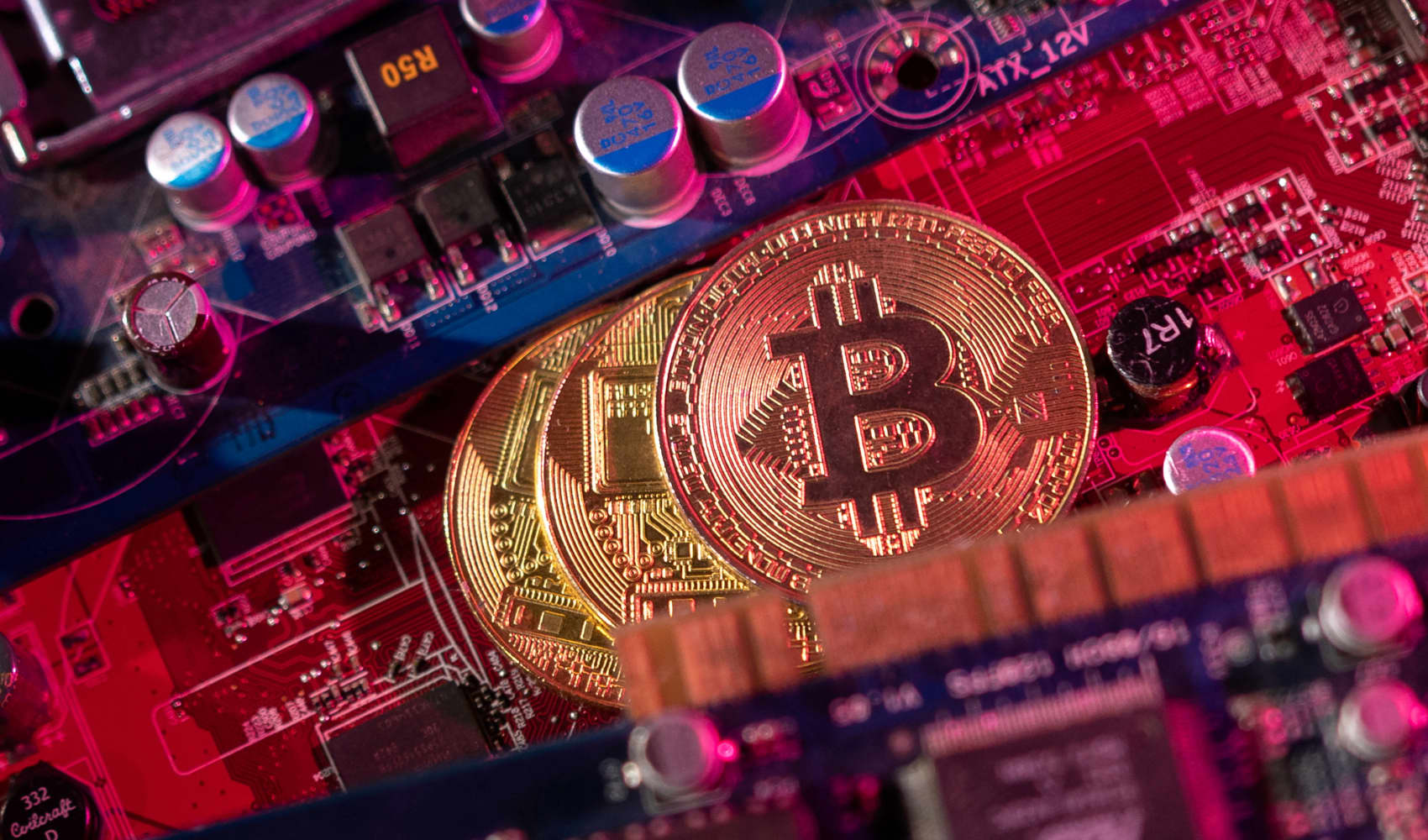
- A second stimulus check could be sent to Americans, if the latest negotiations in Congress are successful.
- The reported sum of $600 per person would be half the $1,200 checks that went out earlier this year.
- If you're unemployed, furloughed or have seen your income drop, focus on your bills. If your financial situation has stayed the same, try to pare down high interest debts and increase your savings.
A new stimulus check is in the works for millions of Americans.
If you're eligible for a payment, it may feel either like a life raft or a sudden windfall, depending on how Covid-19 has affected you and your family.
The payments are said to be around $600 per individual, down from the $1,200 sums that were authorized by Congress in the spring, according to the latest reports out of Congress. Lawmakers are continuing to negotiate on new coronavirus relief aid.
Get Philly local news, weather forecasts, sports and entertainment stories to your inbox. Sign up for NBC Philadelphia newsletters.
That's as 20.6 million Americans were receiving unemployment benefits as of Nov. 28. First-time claims rose by 885,000 for the week ending Dec. 12, the biggest one-week increase since Sept. 5.
"If you're jobless, you should obviously pay for one of three things, either shelter, food or medication," Winnie Sun, co-founder and managing director of Sun Group Wealth Partners in Irvine, California, said of the stimulus checks.
Money Report
If you're lucky enough to not be in that situation, then you can put the money to work to help you in the future.
"You could do a lot more so that it's not just $600," Sun said. "It has the potential to be larger later on."
How the first stimulus checks were used
The first stimulus checks included payments of up to $1,200 per person, or $2,400 per married couple filing jointly, plus $500 per dependent under age 17. Full payments were sent to those whose adjusted gross income fell under certain thresholds: $75,000 for individuals, $112,500 for heads of household or $150,000 for married couples.
Those payments were gradually phased out for incomes above those levels.
Research shows the stimulus money was used in a variety of ways.
A June survey from the Bureau of Labor Statistics found that 59% of stimulus check recipients planned to use the money to pay for expenses, followed by paying off debt, at 13%, and adding to savings (12%). The rest did not expect to receive a check (14%) or did not respond (1%).
Other research from Envestnet Yodlee indicates that some stimulus check recipients had more recreational uses for the money. Depending on income, that included travel, electronics and even securities trades, in addition to more practical uses.
What to think about before spending the next check

Because the second stimulus check stands to be just half the size of the first, it may not seem like a lot of money.
But that doesn't mean it can't make a meaningful difference to your financial health, provided it is used the right way.
If you have credit card debt, start by using the stimulus check to pay that down, said Roger Ma, financial planner at Lifelaidout in New York and author of Work Your Money, Not Your Life.
Those accounts can often come with interest rates of 20% or more, so knocking down card balances will give you an immediate return.
"It becomes a slippery slope when that's accruing every month and the balance just keeps getting bigger," Ma said. "The sooner you can extinguish that, the stronger your financial position will be."
If you already have your credit cards under control, next think about beefing up your emergency savings, Ma advises. The rule of thumb tends to be having three to six months in cash in an online savings account that you can quickly access.
During the Covid-19 pandemic, however, you likely want to strive to have even more set aside — up to 12 months' worth of living expenses — in case your income suddenly runs dry.
You probably won't go from two months to 12 months in savings immediately, so you might also want to think about cutting some expenses to help get there, Ma said.
Consider diversifying your goals
Not all of the stimulus check has to go to one purpose, according to Sun, who said she likes the idea of putting some of it towards emergency savings and some toward retirement savings.
Ideally, that retirement money could go into a Roth individual retirement account, she said, which can also serve as a backup emergency savings. Of note, Roth IRAs come with some rules. You have to meet certain income thresholds in order to invest in one of these accounts. Certain qualified penalty-free withdrawals can only be made after five years.
Of course, you may be tempted to do something more extravagant with the money — say, buy a new pair of skis or invest in a favorite company's stock.
More from FA Playbook:
Proposed law would offer Americans a retirement recovery plan
You don't have to be rich to need a financial advisor
Tips from financial advisors for getting your Medicare coverage right
For retail items on your wish list, you may want to put aside a portion of the stimulus check and then wait for a good deal, Sun said.
Rather than buying individual stocks, it would be preferable to instead focus on your retirement savings or your children's college savings, she said.
"I do think it would be a mistake to buy individual stocks with it, because the amount's not that large," Sun said.
Another great way to invest the money that will reap returns: Invest in yourself, whether it be an online course, book or even a new tool like a webcam, Sun suggests.
"That's definitely a smart way to use this money," Sun said.






